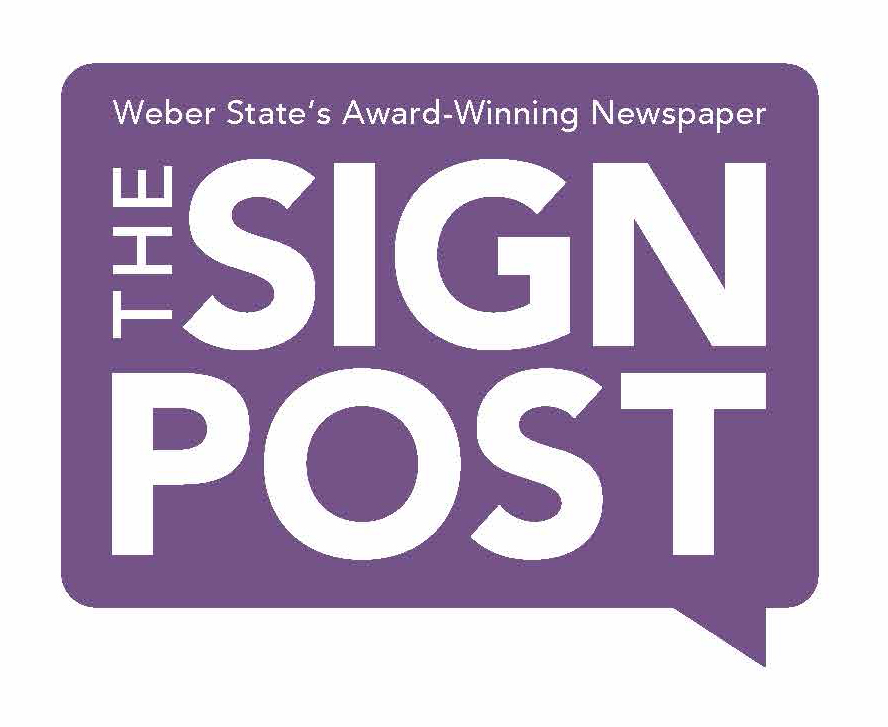Adding to queer history
Weber State University’s Special Collections department is providing a voice to the LGBTQ community in Weber and Davis counties.
“The Queering the Archives initiative is to gather first-hand stories and memories of being LGBTQ+ in northern Utah to add those to the archives and the history of the area so that they become part of the broader history of Weber and Davis counties,” Sarah Langsdon, head of Special Collections, said.
This includes researching the history of the LGBTQ community in northern Utah and gathering oral histories of those in the area.
Lorrie Rands, manuscript processor for Special Collections, said they are actively searching for these stories and oral histories. The department has also done similar projects with World War II veterans and Women’s Suffrage to highlight the 19th amendment of the U.S. Constitution.
“When the opportunity came up to really dig deep and do more of a story within the LGBTQ+ community, we went with it,” Rands said.
Rands said the main goal of a lot of the research and history gathering is to showcase an exhibit. The Rainbow Letters Exhibit is the first to be displayed from the Queering the Archives initiative.
The initiative started in large part by Langsdon recognizing a lack of history surrounding the LGBTQ community in northern Utah.
“We have this sort of gap in [our] history, so I wanted to fill it,” Langsdon said.
Queering the Archives is focusing on putting a face to histories and stories.
“I like to be able to put a human face and a human emotion to something that people politicized so much to make sure that people realize you are actually talking about human beings when you are talking about this,” Langsdon said.
Langsdon said a lot of the experiences and histories that have been gathered could be relatable to almost anyone. She also hopes that reading the stories can help people feel a little more empathy towards people.
Langsdon said how surprised she has been at the willingness of the community to share their stories. A lot of the people who were interviewed said they had never been asked about their stories and history before.
“Very few of them held anything back,” Langsdon said. “They’ve talked about the good, the bad, the ugly, the traumatic.”
Another goal of the initiative is to help open the minds of people in northern Utah.
“People, even staff and students of mine who may not identify with the LGBTQ+ community, it’s given them sort of a window into what life is like for them,” Langsdon said. “I think it’s opened their minds a little bit and given them better understanding.”
Rands mentioned how the initiative has helped her in her own journey coming out.
“I’ve discovered that age doesn’t matter,” Rands said. “I was 48 when I came out to myself. If we can help the younger generation be themselves earlier, that is, to me, the best gift I can give through my own experiences.”
Queering the Archives will be hosting a couple of events in the near future. On Oct. 29 in the Stewart Library, there will be a drag queen story hour. It will be a Halloween-themed story hour where local drag queens will be reading spooky stories to attendees. Booths with additional information and community partners will be present.
Another project the initiative is working on is gathering love stories from members of the LGBTQ community.
Queering the Archives is working with Ogden Pride to collect LGBTQ couples’ stories including how they met, how they fell in love, if they are married, who proposed and what it is like to be an LGBTQ couple in northern Utah.
Queering the Archives was funded in part by Utah Humanities Council, Utah Division of State History, Project Rainbow Utah and WSU Office of Diversity.












